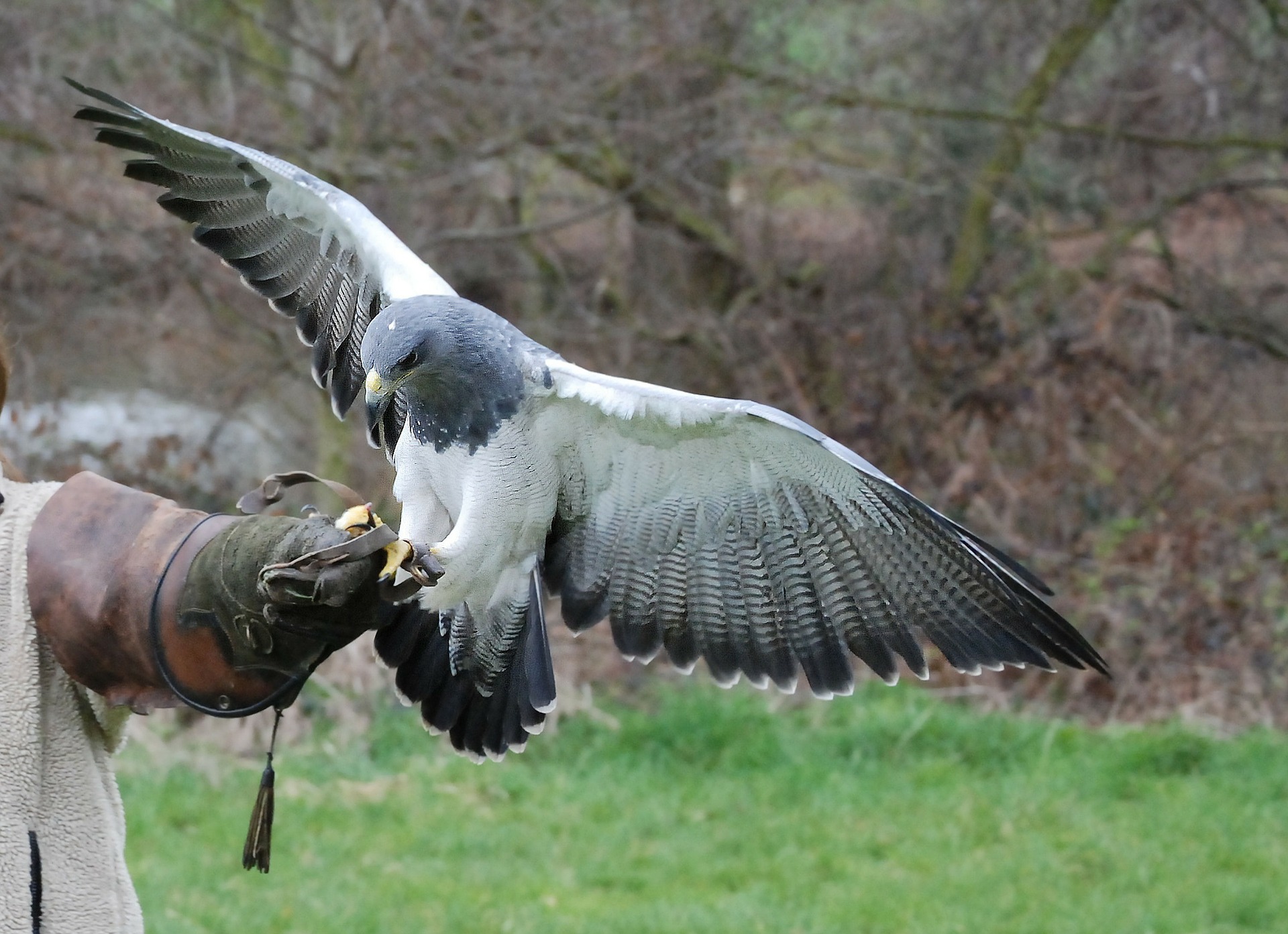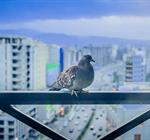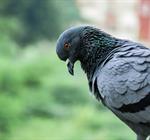
29 Sep 2021 | Apex Environmental Services (UK) Ltd
Birds can cause significant damage to homes, businesses and public property. However, it is against the law for any individual to tamper with a live bird’s nest.
Therefore, many humane bird scarring methods have been developed to deter birds from your property, keeping it safe and looking fabulous.
What Problems Do Birds Cause?
Birds can cause many complications where property is concerned, ranging from annoying to extremely expensive.
Firstly, they create loud noises throughout the day and night, which can be distressing for those who live or work in the building. If the issue relates to a residential home, birds can prevent your family from being able to rest. Whereas for places of work, their loud calls can even affect staff productivity.
Additionally, pest birds can cause severe physical damage to buildings. From ripping up roof tiles to breaking solar panels, to snapping guttering. These issues are not only inconvenient but can be hugely expensive for your family or business.
Finally, the birds look unsightly. They collect debris to build nests and produce vast amounts of droppings, which can stain your property – particularly pertinent for customer-facing establishments.
What Is Bird Hawking?
A birds number one priority is to protect its young. This involves finding suitable shelter, adequate food, and building a home away from predators.
If a pigeon, gull, or other pest notices or suspects a bird of prey in the area, they will quickly vacate. Therefore, experts, such as Apex, use Hawks to frighten nested pest birds.
These Hawks in no way harm the nested birds; they simply scare them and encourage the pests to build a home elsewhere. This method of bird control is entirely humane.
This process is generally carried out over several weeks, and experts will develop bespoke flight paths depending on the needs of your business or family. Usually, we combine Hawking with other scaring tactics such as firing blanks and flying kites. This ensures that the birds do not try to return to the property.
Using Inanimate Objects
Of course, many products on the market claim they will scare the pest birds away from your property. These include scarecrows, wind chimes, and ornament owls.
The immediate effect of these objects is often very positive. The pigeons or gulls will be alarmed by the sight and will generally vacate the area for the next few hours or days. However, the birds soon become wise and realise that the object poses no threat to their new home.
Therefore, within a short time frame, they will have taken over the property and begin causing a nuisance once more.
Bird sound deterrents work with varying degrees of success. The more premium products offer a changing signal which usually proves more efficient. Yet, as with many of the other products, birds grow wise to the lack of threat over time.
The Clean-Up Job
The work doesn’t stop once the birds have vacated the property. Where there are birds, there are droppings. Bird droppings (known as Guano) are unsightly, smelly and often dangerous. Therefore, it must be professionally removed from your property as soon as possible. Of course, a small amount of bird dropping will not cause your building any harm, but over time significant amounts can begin to corrode the building.
Additionally, an egg removal and nest clear up operation may be necessary to prevent the breeding cycle. Otherwise, you risk a whole new generation of pests causing the same issues on your property.
Instal Preventative Measures
Once you have removed the birds from your property, it is vital to instal preventative measures to ensure they do not return.
The recommended methods will depend entirely on the premises and the type of bird causing a nuisance.
Bird spike systems are perhaps the most versatile option and can be used on ledges, guttering, signposts and even on your roof. These stainless steel spikes are fanned at various angles to prevent birds from being able to land. Without ample space to be comfortable, the creatures will be forced to find another location to nest. These spikes are blunted on the end, meaning in the extremely unlikely event a bird did land on the fixture, they would in no way be harmed.
For bigger, commercial properties, preventative meshing may be the most efficient option. Courtyards, playgrounds and other large outside areas with a significant amount of footfall and food waste are a haven for pest birds. Meshing can be installed discreetly to prevent pigeons, gulls, and other pests from accessing your space – making the environment much more pleasant for those who use it.
Perhaps the most discreet of all bird control methods is the post and wire system. As the name suggests, wafer-thin wire is suspended between posts and can be fitted on pretty much any ledge at any height. From ground level, this option is pretty much invisible, making it ideal for businesses that do not want to burden their customers with the thought of pest birds.
Work With the Professionals
Apex are experts in pest bird control and work hard to provide businesses and homeowners with the most cost-effective solutions to their problems.
Additionally, all work undertaken by Apex is strictly in line with the Wildlife & Countryside Act 1981, which aims to conserve wild birds and preserve air safety.
Where birds are nested, we generally adopt a four step method to tackling your issues.
First, we will visit and assess your property working with you to discuss the various options available.
We will implement the plan to remove the birds from the home. This may likely involve bird Hawking, along with egg removal services.
Next, we will clean up the property, ensuring no traces of the pests are left behind.
Finally, we will add a bird prevention method, such as the spikes or meshing mentioned earlier.
For a no-obligation chat, contact our team today on 01256 578025 or email us at info@apexbirdcontrol.uk.


